How Data Transmissions Are Sent and Received
Learn how data transmissions work, from sending to receiving. Discover the essential steps, protocols, and technologies involved in the seamless transfer of data across systems, ensuring speed and accuracy.

In today’s digital age, data transmission plays a vital role in almost every aspect of our lives, from sending an email to streaming videos or even managing complex healthcare records. Understanding how data transmissions are sent and received can provide a deeper insight into how networks, computers, and various technologies communicate seamlessly.
1. What is Data Transmission?
Data transmission refers to the process of transferring digital or analog information between devices over a communication medium. This could involve a wide array of technologies, from wired networks like Ethernet to wireless systems such as Wi-Fi or Bluetooth.
2. How Data Is Sent
Let’s dive into how the sending process works:
-
Data Preparation
Before data is sent, it’s converted into a digital format suitable for transmission. For instance, when a user uploads a document to the cloud, that file is transformed into binary data. -
Transmission Methods
Data can be sent using different methods, including wired connections (like LAN cables) or wireless technologies (like cellular networks or Wi-Fi). The choice of method depends on factors such as speed, reliability, and distance. -
Communication Protocols
Protocols like TCP/IP ensure the proper formatting and segmentation of data. TCP (Transmission Control Protocol) breaks the data into packets, while IP (Internet Protocol) handles addressing and routing. -
Error Detection
Error-checking algorithms are applied to guarantee that data arrives without corruption. For instance, a checksum is calculated, and if any discrepancies are detected during transmission, the data is resent.
3. How Data Is Received
Once the data reaches its destination, the receiving device handles these tasks:
-
Data Decoding
The digital signals are translated back into a human-readable format or used by the system’s software for processing. -
Error Checking and Correction
Systems verify if any data corruption occurred during transmission. If errors are detected, the receiver can request the sender to retransmit the corrupted data. -
Acknowledgment
Acknowledgment signals are sent to the original sender to confirm successful data receipt, ensuring that no data is lost during transmission.
4. Data Transmission Protocols
Data transmission wouldn’t be possible without communication protocols. Here are the most common ones:
-
TCP/IP (Transmission Control Protocol/Internet Protocol):
Ensures data is sent in small packets and reassembled correctly at the destination. -
UDP (User Datagram Protocol):
A faster but less reliable protocol used for streaming and real-time applications where speed is prioritized over accuracy. -
HTTP/HTTPS (HyperText Transfer Protocol):
Primarily used for sending and receiving data over the internet.
5. Error Detection and Correction Techniques
Transmission errors can occur due to interference, weak signals, or other factors. Common techniques to ensure error-free data include:
-
Parity Checks
Adds an extra bit to ensure the number of set bits is even or odd, helping identify errors. -
Checksums
A mathematical formula used to verify data integrity. -
Cyclic Redundancy Check (CRC):
A more complex error-checking method, commonly used in digital networks.
6. Summary
-
Data Preparation
The process starts with converting information into a digital format suitable for transmission. This could involve transforming data into electrical signals, light signals, or radio waves, depending on the medium. -
Transmission
The data then travels through a medium, such as fiber optics or wireless networks. The speed and quality of transmission depend on the technology and infrastructure used. -
Protocols and Routing
Along the way, data encounters network devices like switches and routers. Protocols such as TCP/IP ensure data packets are correctly routed and delivered across different networks. -
Data Decoding
At the destination, data is decoded into its original format, making it usable by the receiving system. -
Error Checking and Acknowledgment
The receiving system verifies the data for errors and sends acknowledgment to confirm successful transmission. If errors are detected, the data is resent to maintain communication integrity
What's Your Reaction?







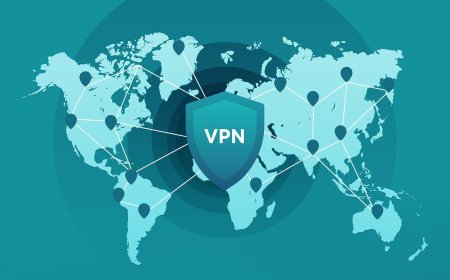

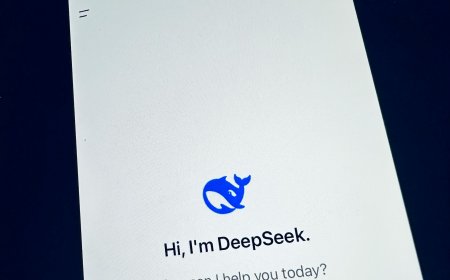





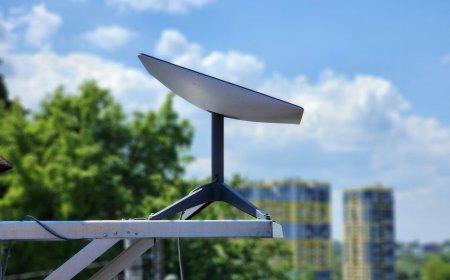



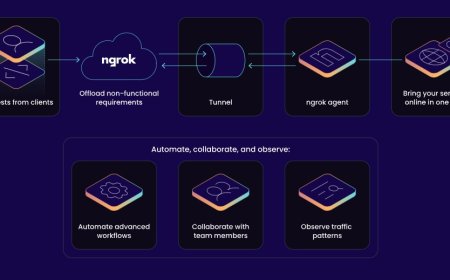



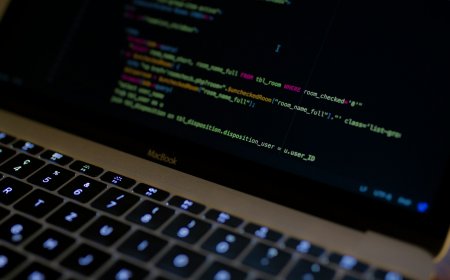
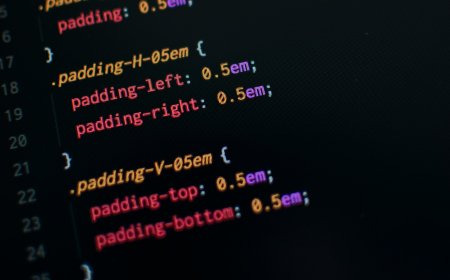
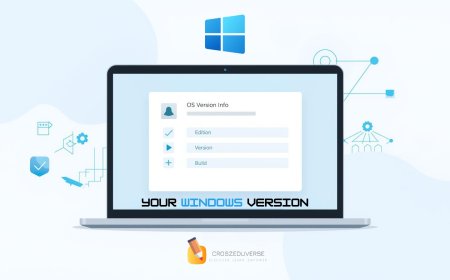
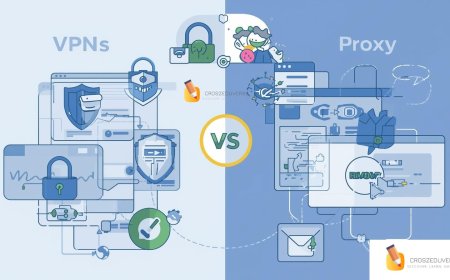
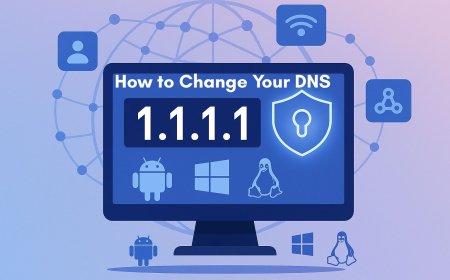
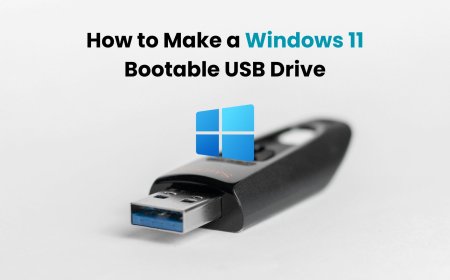
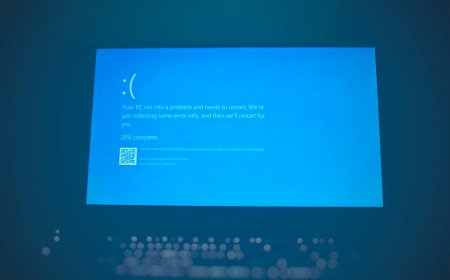
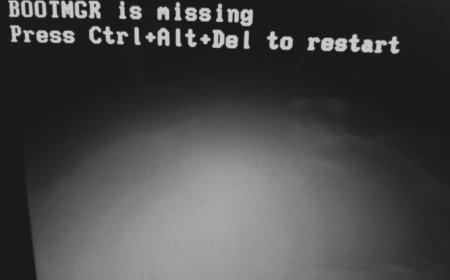



![2024 Social Media Image Sizes for All Networks [CHEATSHEET]](https://blogs.amospeter.co.ke/uploads/images/202406/image_430x256_666ad3fcd2380.jpg)
















